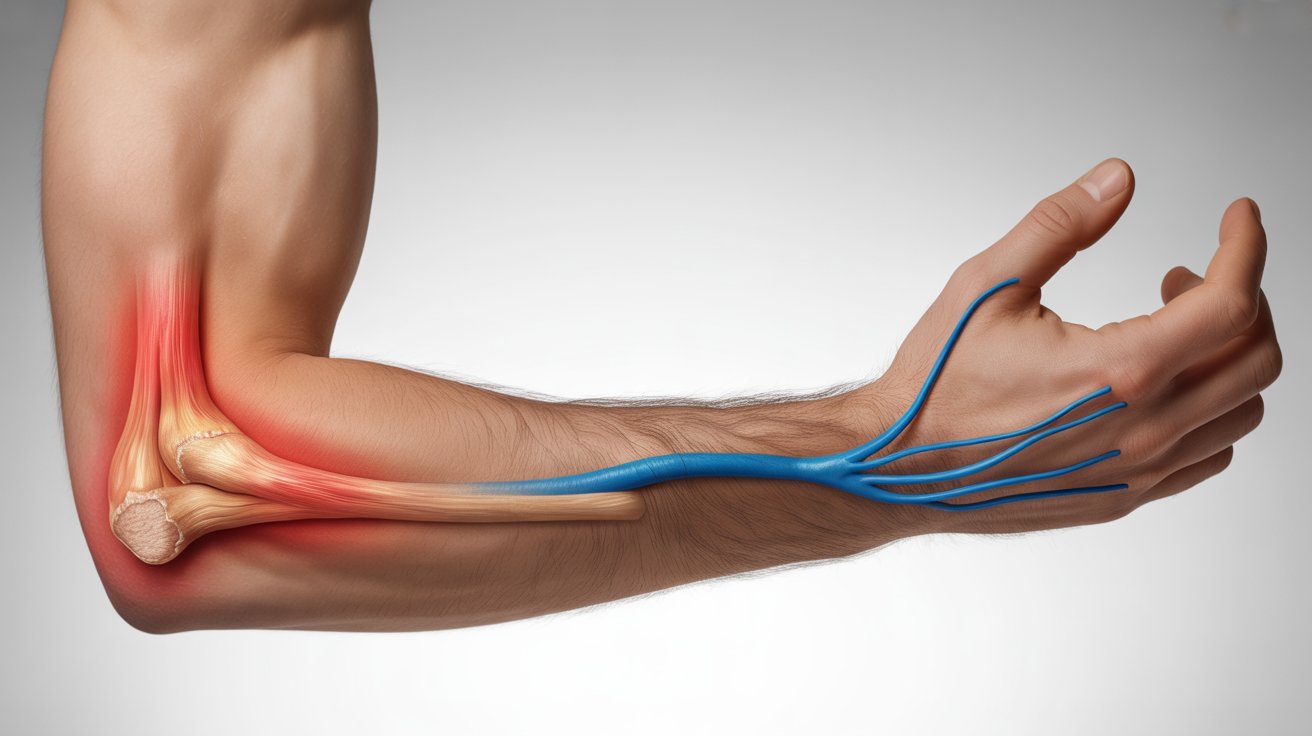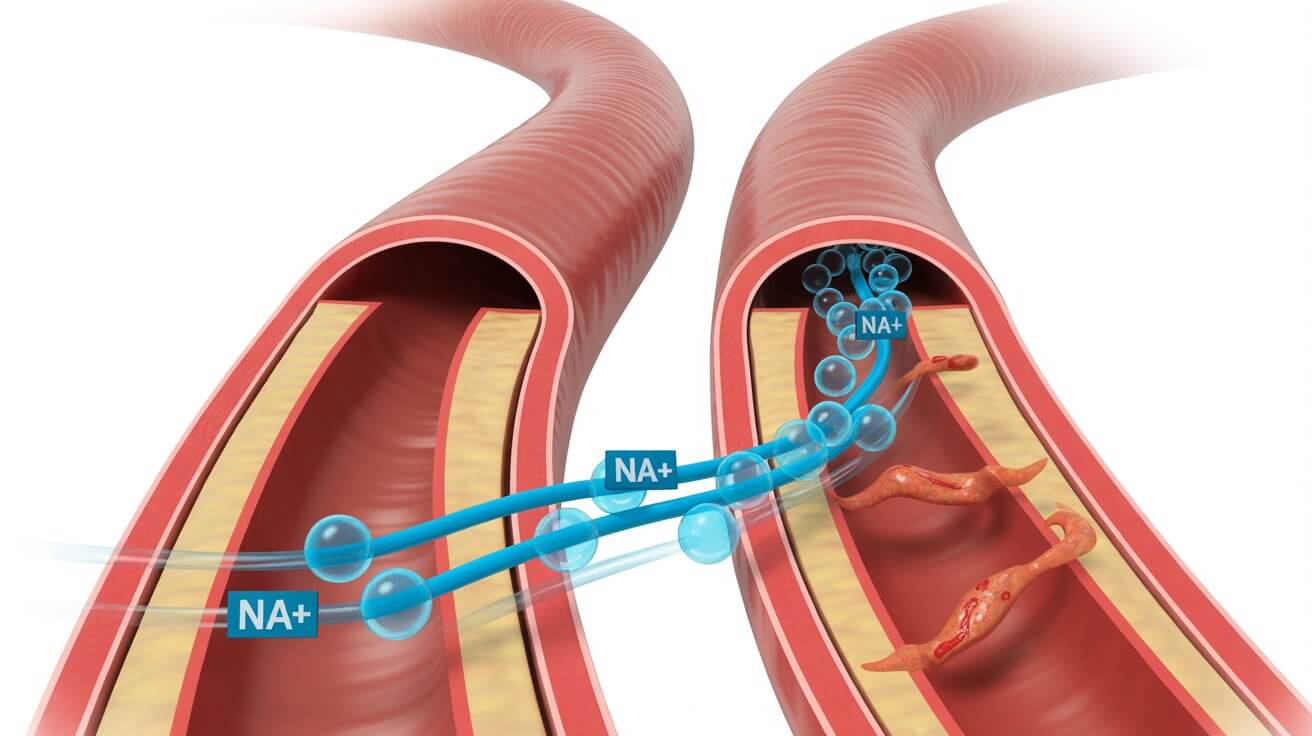Feeling tired even after a full night’s sleep?
Or noticing muscle aches and mood dips that you can’t quite explain?
These could be vitamin D deficiency symptoms — a surprisingly common issue that affects energy, mood, and bone strength.
Known as the sunshine vitamin, vitamin D supports your immune system and helps your body absorb calcium. Yet millions fall short without realizing it. Here’s how to spot the early signs of low vitamin D and what you can do to restore balance safely.
Why Vitamin D Matters
Vitamin D isn’t just another nutrient — it acts like a hormone that affects nearly every system in your body.
When sunlight hits your skin, your body converts UV rays into vitamin D, which is then activated by your liver and kidneys.
Once active, vitamin D helps your body absorb calcium and phosphorus — two minerals essential for strong bones and muscles.
It also supports your immune defenses, helps regulate mood, and may even influence heart function.
Without enough of it, your body can struggle to stay balanced, leading to several vitamin D deficiency symptoms you shouldn’t ignore.
More Helpful Reads You Might Like:
7 Warning Signs of Vitamin D Deficiency
1. Constant Fatigue and Low Energy
If you’re dragging through the day even after enough rest, low vitamin D could be part of the problem.
Vitamin D helps your cells produce energy, so when levels drop, your body literally slows down.
You might also notice dips in mood — vitamin D helps regulate serotonin, your brain’s “feel-good” chemical.
2. Muscle Weakness or Bone Pain
Vitamin D deficiency can cause dull aches in your lower back, hips, or legs.
Because vitamin D supports calcium absorption, a lack of it weakens bones and muscles.
Even mild deficiency can make everyday tasks like climbing stairs or lifting groceries feel harder.
3. Frequent Colds or Infections
Getting sick more often lately? Vitamin D strengthens your immune system by activating white blood cells that fight viruses and bacteria.
Low levels are linked to a higher risk of respiratory infections such as colds, bronchitis, and the flu.
4. Slow Wound Healing
If small cuts or scrapes take longer to heal, vitamin D deficiency could be to blame.
This vitamin helps regulate inflammation and supports the creation of new cells during recovery.
People with chronic deficiency often notice slower healing after surgery or injury.
5. Hair Thinning or Hair Loss
While hair loss has many causes, research links low vitamin D with thinning hair — especially in women.
Vitamin D helps renew hair follicles, so a deficiency may lead to slower or weaker growth over time.
6. Muscle Cramps or Weakness
Frequent cramps, especially at night, can signal low vitamin D.
This vitamin helps regulate calcium and phosphorus levels in muscle tissue, both essential for healthy contractions and strength.
7. Mood Swings or “Winter Blues”
Ever feel down when the days get shorter? Low vitamin D levels are connected to seasonal affective disorder (SAD) and mood imbalances.
Sunlight exposure boosts vitamin D and serotonin, helping you maintain a more stable, positive mood year-round.
Who’s Most at Risk of Vitamin D Deficiency
People Who Get Little Sunlight
If you spend most of your day indoors or always wear sunscreen, your body may not make enough vitamin D.
Office workers, healthcare professionals, and those living in northern climates are particularly at risk.
Older Adults and People With Darker Skin
As we age, our skin produces less vitamin D.
Likewise, darker skin contains more melanin, which naturally reduces vitamin D synthesis — meaning you may need longer sun exposure to meet your needs.
Certain Medical Conditions and Medications
Conditions like Crohn’s, celiac disease, and liver disorders can interfere with vitamin D absorption.
Some medications, such as steroids or weight-loss drugs, may also reduce how efficiently your body uses vitamin D.
How to Check Your Vitamin D Levels
Get a Simple Blood Test
Ask your doctor for a 25-hydroxy vitamin D test.
Here’s what your results generally mean:
| Vitamin D Level (ng/mL) | Status |
|---|---|
| Below 20 | Deficient |
| 20–30 | Insufficient |
| 30–100 | Optimal for most adults |
Most experts recommend keeping your level between 40–60 ng/mL for healthy bones and immune support.
It’s smart to check at least once or twice a year — especially after winter.
How to Restore Healthy Vitamin D Levels
1. Get Safe Sun Exposure
The best natural source of vitamin D is sunlight.
Aim for 10–20 minutes of exposure on your arms and legs a few times per week — depending on your skin tone, season, and location.
Short, regular sessions are safer and more effective than long, infrequent ones. Always protect your skin from sunburn.
2. Eat Foods High in Vitamin D
While sunlight is key, diet also matters. Add these vitamin D–rich foods to your routine:
- Fatty fish like salmon, tuna, and mackerel
- Egg yolks
- Fortified dairy and plant-based milks
- Fortified cereals
These foods can help maintain steady vitamin D levels, especially during colder months.
3. Consider Vitamin D Supplements
For many adults, supplements are the simplest way to stay within healthy levels.
Choose vitamin D3 (cholecalciferol) for best absorption.
General guidelines:
- Adults 19–70 years: 600–800 IU per day
- Adults over 70: 800–1,000 IU per day
If you’re deficient, your doctor may recommend a temporary higher dose. Avoid excessive intake — too much vitamin D can raise calcium levels and cause side effects.
FAQs About Vitamin D Deficiency
Q: What are the first symptoms of vitamin D deficiency?
A: Tiredness, muscle weakness, low mood, and frequent colds are some of the earliest signs.
Q: Can low vitamin D cause anxiety or depression?
A: It can contribute to mood changes. Vitamin D helps regulate serotonin, which affects emotional well-being.
Q: How long does it take to raise vitamin D levels?
A: With daily sunlight or supplements, levels often improve within 8–12 weeks, depending on the dose and deficiency level.
Q: What’s the difference between vitamin D2 and D3?
A: Vitamin D3 (from animal or sunlight sources) is more effective at raising blood levels than D2 (from plants).
Q: Should I take vitamin D supplements every day?
A: Yes — consistency matters more than high doses. Always follow your doctor’s advice for your personal needs.
Final Thoughts
Vitamin D deficiency is incredibly common — but it’s also one of the easiest things to fix.
By paying attention to early signs like fatigue, body aches, and low mood, you can protect your bones, immune system, and overall energy year-round.
A few minutes of sunlight, a balanced diet, and regular testing can make all the difference.
Medical Disclaimer: This content is for educational purposes only and does not replace professional medical advice. Always consult your healthcare provider about any health concerns.









